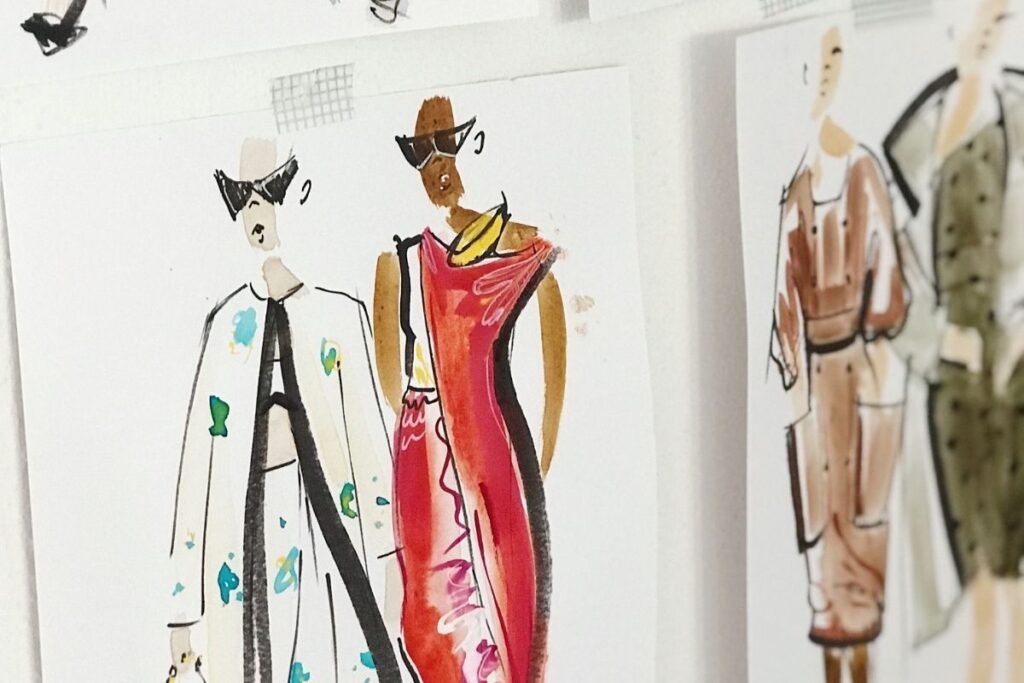Costing a product is a full-time job and usually takes many people. You can look at costing in a couple of different ways. As a merchandiser, let’s say you had 10 styles, and we wanted to have a certain markup. If you’re selling within your own stores, you usually want at least a 75% to 85% internal markup. If you want to retail a jacket for $695, and you already know that your landed cost needs to be 20% of that to get your 80% markup.
A designer wants this beautiful satin made in Italy. When you’re looking at the cost of goods, around 70% is the raw materials, like the thread, the trim, and the zipper or button. A designer goes to Premiere Vision and finds the most beautiful Italian satin they want to use. If you are going to get the 75% or 80% margin you want, the jacket is going to be $1500 compared to the $695 or the $595 you wanted.
You go back to the design team and tell them that if the market can’t retail nor our brand can retail a jacket this high, there’s no the cost value is not there. Start taking things out of it. Can we counter source material in another country that looks and feels the same but not the higher quality? Can we take a few pockets off of it to lower the cost?
Let’s say a loss leader is the one item that is the showstopper—the most fashionable piece. You need it to draw everyone in to look at the collection, but you already know you’re going to get a lower margin on it. It might be 40% or 50%. You’re going to do a few units, but the other nine styles are going to have higher margins. That’s a trick that all fashion brands use. It’s called blended costing. They look at key items, but they also look at it as blended because ultimately, it’s the blended total that really makes a difference.

Yellowbrick Recognized as Top EdTech Company in North America by TIME and Statista
We are thrilled to announce that Yellowbrick has been named the leading EdTech company in North America and sixth globally in the prestigious “World’s Top



